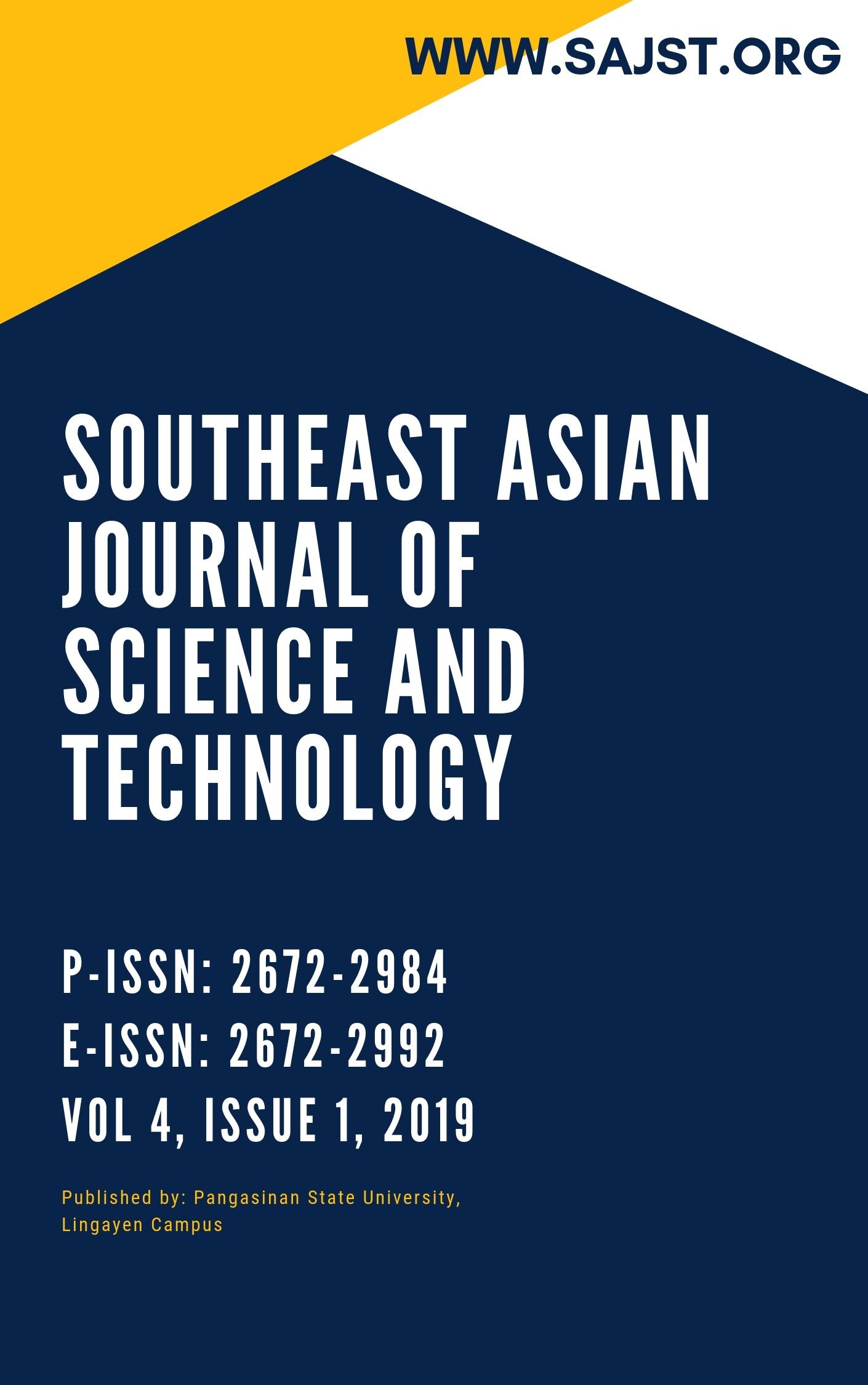Abstract
The density, growth pattern and condition index of western hemisphere blue mussel Mytella charruana d’Orbignyi, 1846 (Bivalvia: Mytilidae) were assessed in the mangrove, residential and aquaculture areas including its riverbeds in the riverine system of Binmaley, Pangasinan, Philippines. Data were gathered through descriptive field survey using wooden quadrat. Inferential statistics was employed to analyze the data. There were 9 species of shell mollusks identified in the riverine system of Binmaley, with M. charruana as the most abundant both in surface and riverbed of the sampling areas (61.71% and 75.58%, respectively).The highest mean density of M. charruana in both surface and riverbeds was observed in mangrove area with 1045.6 individuals m-2 (36.44%) and 840.8 individuals m-2 (36.06%), respectively. The high density and abundance of M. charruana in the sampling areas indicates its resiliency to wide range conditions of the riverine systems. The growth pattern of M. charruana in three sampling areas demonstrate negative allometric (b<3.0) which suggest that the species tended to be narrower (flatter) as it increased in length as it grows. Highest mean condition index was observed in aquaculture area (17.35 %) which suggests that the mussels are in a healthy condition and suitable to be sold in the market and for aquaculture. In 2015, Vallejo et al. (2017) cited that the Bureau of Fisheries and Aquatic Resources noted that this species is used for mariculture in Lingayen Gulf. However, no significant differences (p>0.05) were observed in all sampling areas in terms of samples condition index. Moreover, the water quality parameters in three sampling areas were favourable to the growth of M. charruana.
Authors retain copyright and grant the journal right of first publication with the work simultaneously licensed under a Creative Commons Attribution 4.0 International License that allows others to share the work with an acknowledgment of the work's authorship and initial publication in this journal.

